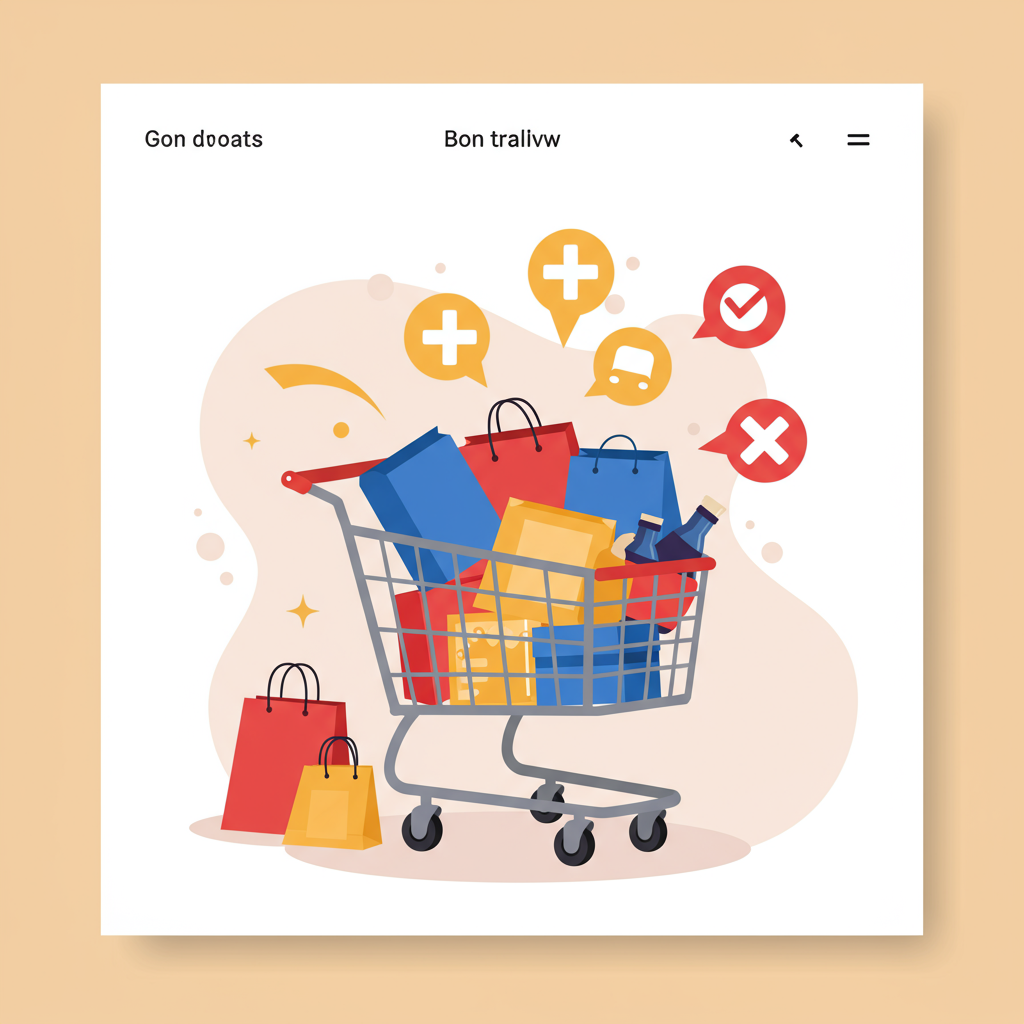How I’m Boosting My Shopify Store’s Revenue and Customer Value
As a Shopify merchant, I’m constantly looking for ways to grow my business. One of the most effective strategies I’ve discovered isn’t about finding new customers, but about maximizing the value of the ones I already have.
This strategy revolves around two powerful concepts: cross-selling and upselling. If you’re not actively employing them, you’re leaving significant money on the table.
Let me explain what I mean. Upselling is about encouraging a customer to buy a more expensive, upgraded, or premium version of a product they are already interested in. Think of it like ordering a “large” instead of a “medium” drink.
Cross-selling, on the other hand, is about recommending complementary products to the one a customer is currently viewing or purchasing. If someone buys a camera, cross-selling would involve suggesting a tripod, an extra battery, or a memory card.
Both techniques are incredibly effective because they leverage existing customer intent. The customer is already in a buying mindset, making them more receptive to additional offers.
While you *could* try to implement these strategies manually, perhaps by creating bundles or suggesting related products in descriptions, the real power comes from using dedicated Shopify apps.
These apps automate the process, personalize recommendations, and track performance, making them indispensable tools for any serious Shopify store owner.
So, why should you invest in a cross-sell/upsell app? The primary benefit is a significant increase in your Average Order Value (AOV).
By adding just one or two extra items to each order, your revenue can climb dramatically without needing to spend more on customer acquisition.
Beyond AOV, these apps also boost your Customer Lifetime Value (CLV). Happy customers who find everything they need in one place are more likely to return.
They also improve conversion rates by making the shopping experience more convenient and tailored. Customers appreciate relevant suggestions that solve their problems or enhance their purchase.
When I was looking for an app, I focused on several key features. First, I wanted something that offered AI-powered recommendations. This ensures the suggestions are truly relevant and personalized, not just generic.
A/B testing capabilities were also crucial. I needed to be able to test different offers, placements, and messaging to see what resonated best with my audience. Data-driven decisions are always superior.
Robust analytics and reporting are non-negotiable. How else would I know if my strategies are working? I need to see the revenue generated, the conversion rates, and the most successful offers.
Customization options are important too. The app’s recommendations should seamlessly integrate with my store’s design and branding, looking like a natural part of the shopping experience.
I also looked for flexibility in where offers could be displayed. Product pages are obvious, but what about the cart page, post-purchase, or even the thank you page? Each offers a unique opportunity.
For instance, product page upsells often appear as “frequently bought together” or “upgrade to this version.” These are great for immediate impact.
Cart page cross-sells are perfect for last-minute additions. “Don’t forget these accessories!” or “Customers who bought this also added…” can be very effective right before checkout.
Post-purchase upsells, often presented on the thank you page or via email, are fantastic for low-friction additions. The customer has already committed, so a small, relevant add-on can be an easy win.
Some apps even allow for “one-click upsells” after the initial purchase is complete, making the process incredibly smooth for the customer.
I’ve found that offering bundles or discounts for purchasing multiple items together is a highly effective cross-selling tactic. It creates a perception of value and encourages a larger purchase.
My advice to you is to start simple. Don’t overwhelm your customers with too many offers. Focus on highly relevant suggestions that genuinely add value to their primary purchase.
Monitor your results closely. What works for one product might not work for another. Be prepared to iterate and optimize your offers based on the data you collect.
Remember, the goal isn’t just to sell more, but to enhance the customer experience. When done right, cross-selling and upselling feel helpful, not pushy.
What do you think about this article? Have you tried any of these strategies in your own Shopify store? I’d love to hear your experiences.
In conclusion, integrating a powerful cross-sell and upsell app into your Shopify store is one of the smartest investments you can make. It’s a proven path to increased revenue and happier customers.
It allows you to unlock the full potential of every customer interaction, turning single purchases into multi-item orders and one-time buyers into loyal advocates.
So, if you’re serious about scaling your Shopify business, I highly recommend exploring the world of cross-sell and upsell apps. They truly are game-changers.






